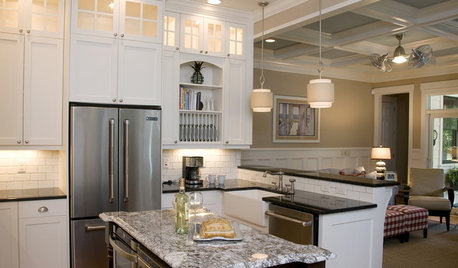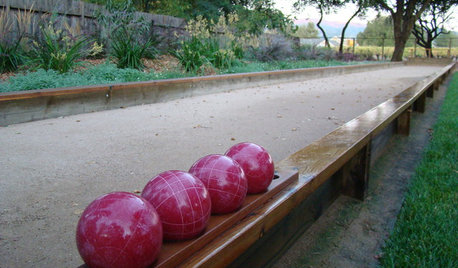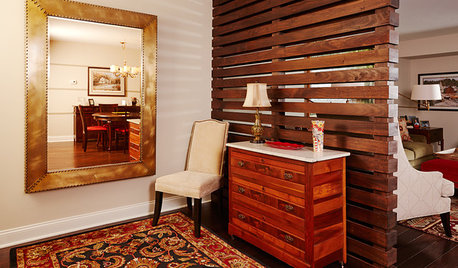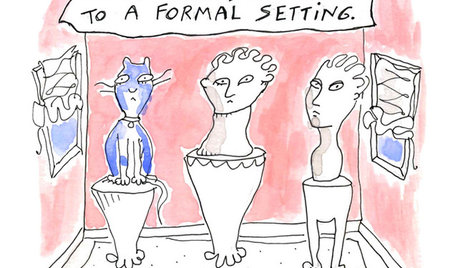Help! At a loss about how to improve heating (and add cooling)
cliobaci
10 years ago
Related Stories

GREAT HOME PROJECTSHow to Add a Radiant Heat System
Enjoy comfy, consistent temperatures and maybe even energy savings with hydronic heating and cooling
Full Story
HOUSEKEEPING5 Steps to Improve Your Heating System Now
Increase your heater's efficiency and safety for lower energy bills and greater peace of mind this winter
Full Story
FLOORSIs Radiant Heating or Cooling Right for You?
Questions to ask before you go for one of these temperature systems in your floors or walls (yes, walls)
Full Story
KITCHEN DESIGNStay Cool About Picking the Right Refrigerator
If all the options for refrigeration leave you hot under the collar, this guide to choosing a fridge and freezer will help you chill out
Full Story
GREAT HOME PROJECTSWhat to Know About Adding a Backyard Bocce Ball Court
A regulation court in a relaxed setting helps you get the most from the Italian pastime. Here's what it takes to build one at home
Full Story
SMALL HOMESRoom of the Day: Living-Dining Room Redo Helps a Client Begin to Heal
After a tragic loss, a woman sets out on the road to recovery by improving her condo
Full Story
MOST POPULARHow to Add a Backyard Shed for Storage or Living
Need a home office, a playspace or extra room for your stuff? Learn about off-the-shelf, prefab and custom sheds
Full Story
MOST POPULAR7 Ways Cats Help You Decorate
Furry felines add to our decor in so many ways. These just scratch the surface
Full Story
MOST POPULARWhat to Know About Adding a Deck
Want to increase your living space outside? Learn the requirements, costs and other considerations for building a deck
Full Story
GREAT HOME PROJECTSWhat to Know About Adding a Reclaimed-Wood Wall
Here’s advice on where to put it, how to find and select wood, what it might cost and how to get it done
Full Story





ionized_gw
mike_home
Related Professionals
Hemet Solar Energy Systems · La Mirada Solar Energy Systems · Maplewood Solar Energy Systems · Teaneck Solar Energy Systems · Brookline Home Automation & Home Media · Burr Ridge Home Automation & Home Media · Carlsbad Home Automation & Home Media · Laurel Home Automation & Home Media · Pine Hills Home Automation & Home Media · San Bruno Home Automation & Home Media · San Diego Home Automation & Home Media · Tacoma Home Automation & Home Media · Town 'n' Country Home Automation & Home Media · Washington Home Automation & Home Media · Bountiful Fireplacesfsq4cw
cliobaciOriginal Author
ionized_gw
jackfre
fsq4cw
Bruce in Northern Virginia
ionized_gw